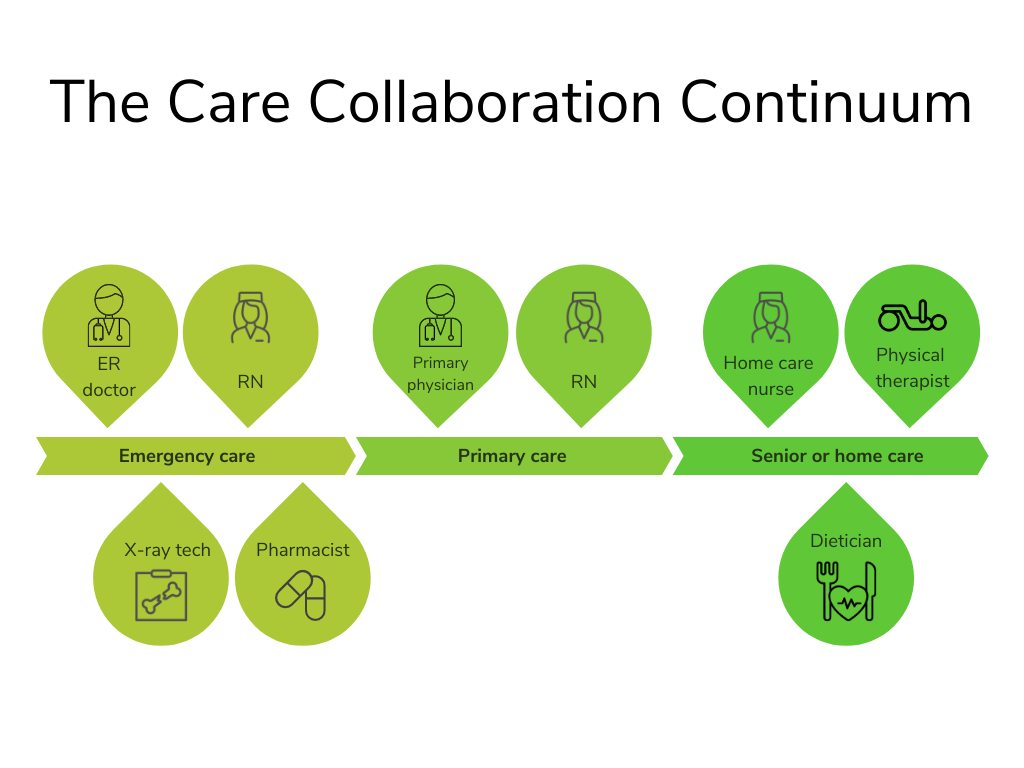What is the care continuum?
The care continuum is a model of the progression of care for patients. It is a way to help patients and their families understand their options and make the best choices for themselves. The care continuum starts with self-care, then moves on to professional care, home-based care, community services, and finally institutionalization.
As patients move through each stage, especially those with critical and long-term conditions, they need to be monitored and cared for by multiple nurses, physicians, and specialists as they transition from stage to stage.
This model of care provides a coordinated approach to thinking about different levels of support that may be needed by people who need it. It ultimately has the potential to see better outcomes for patients.
What is the difference between acute, subacute and long-term care?

The care continuum is the progression of care for a patient, which may include acute, subacute, and long-term care. The continuum ranges from hospital care to home-based services.
Acute care is the initial treatment given in a hospital setting. It’s also known as critical or emergency medicine. Acute care focuses on treating life-threatening conditions that require immediate attention.
Subacute care is the next level of treatment after acute care and typically includes rehabilitation and therapy services. This type of treatment may be necessary for patients who are recovering from surgery or have chronic illnesses such as diabetes or heart disease.
Long-term care is the final stage of care and typically involves assistance with daily activities like bathing and eating, as well as monitoring for any changes in health status.
Advanced medical technology in long-term care facilities
As healthcare continues to be one of the fastest-growing industries in the world, hospitals and other medical facilities are investing in new technologies to provide better care for patients.
Providing effective treatment across the continuum can require careful attention to detail as medical care is coordinated between a variety of providers. The advent of electronic health records (EHRs) has immensely helped the logistics involved in supporting the continuum of care while also furthering the adoption of other digital tools.
The healthcare industry has also been a prime target for analytics. This is because the industry is so data-hungry. Patients are more than just patients, they are customers. And as paying customers their journey should be tracked and followed from the first time they visit the doctor to when they leave with a diagnosis.
Patients and their families can offer insightful feedback because of their unique perspectives, and their feedback should be seriously considered.
Conclusion: The future of high tech healthcare
With the increased availability of data and information, there is a temptation to let the data speak for itself. However, it should not be lost on providers that more information means they now have another way to communicate with their patients and colleagues. Knowledge is power and this is certainly the case when facing complex healthcare discussions.
The use of advanced medical technology has helped to improve patient outcomes and reduce costs. It has also given caregivers more time to spend with patients.
By focusing on building strong patient-provider relationships patients are encouraged to be proactive, creating an integrated cradle-to-grave healthcare system.